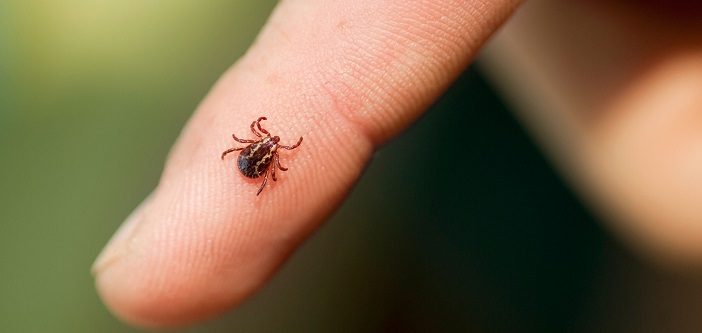Province Reminding People about the Harmful Effects of Lyme DiseaseAs the first long weekend of the summer approaches, Dr. Eric Hoskins, Minister of Health and Long-Term Care, and Dr. David Williams, Ontario’s Chief Medical Officer of Health, are reminding people in Ontario to be cautious and protect themselves from tick bites, especially when participating in outdoor activities during the warm summer months. Black-legged ticks settle on grass and bushes until they attach themselves to a person or animal. Ticks can infect humans with Lyme disease and other tick-borne diseases. The most effective way to prevent Lyme disease is to protect yourself and your family from a tick bite by:
Lyme disease is expanding to many areas of Ontario soit’s important for people to be careful and keep an eye out for ticks when in areas with forests, tall grass, weeds or shrubs. If you find a tick attached to your skin, remove it properly and get it tested. To do so, use a plain set of fine-tipped tweezers to remove it carefully, grasping the tick as close to your skin as possible. Pull it straight out gently, but firmly, without squeezing and make sure the entire tick has been removed. Then place it in a screw-top bottle and take it to your doctor or local public health unit, which can help to track where Lyme is in the province. Consult a health care professional as early as possible if you have been, or believe you have been bitten by a tick. Protecting people from Lyme disease is part of Ontario’s 10-Step Education and Awareness Plan, Combating Lyme Disease Through Collaborative Action. |
QUICK FACTS
|
ADDITIONAL RESOURCES |
|


